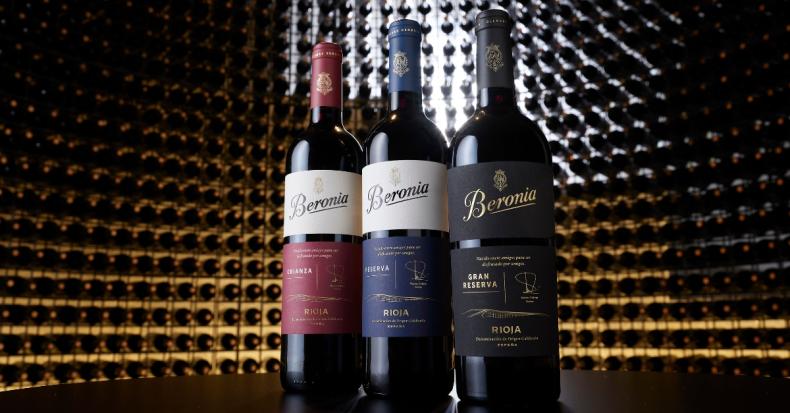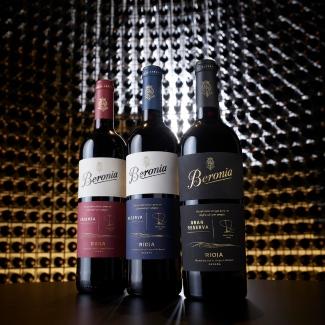The Wines of Rioja: The Language of The Label
Wine labels can be baffling affairs. Even the relatively straightforward labels found on Rioja wines can contain a lot of information. Being able to understand these labels can really expand your knowledge about the wine within, so to help you do just that, here is Beronia Rioja’s guide to the language of the label.
The Classification
Like all the great wine regions, Rioja has a strict set of wine laws, laws that have been created to uphold traditions and ensure that wine lovers get to enjoy great quality wines. With Rioja, one of the most important parts of the label is the one that tells you the wine’s classification. On red Rioja, and to a lesser extent rosé and white Rioja, these are shown as one of the following:
· Crianza – (pronounced cree-an-tha) these are quality wines that have a minimum of one year in barrel (six months for the whites) and one year in bottle. Wines like Beronia’s Crianza offer a perfect balance of black and red fruits with a lovely creamy tone
· Reserva – made only in good years, they must be aged for three years before release with at least one year in oak barrels. These are serious wines that can age beautifully for many years
· Gran Reserva – these are only made from the best grapes in the finest years. For many, this is Rioja’s crowning glory, and if you’re fortunate enough to taste something like the Beronia Gran Reserva, you’ll understand why. Aged for a minimum of two years in oak and three years in the bottle, these wines can age magnificently over decades
The Year
The finest wines from Rioja will bear a ‘vintage statement’ on the label. Put simply, this is the year in which the grapes were harvested. Putting the year on the label tells you two important things. Firstly, it will give you an idea of how developed/mature the wine is, so a 2014 should be more developed than an equivalent 2019. And secondly, it can offer a guide as to how good the wine will be based on how good the year was. According to the official Rioja regulatory control board, 2014 was ‘Good’, whereas 2019 was ‘Excellent’ – so stock up on Beronia Reserva 2019 while you can from any of our stockists; it’s a classic!
Grape Varieties
As most Riojas are blends of different grapes, typically of Tempranillo and Garnacha, the (front) label won’t usually tell you what grapes the wine is made from. You will occasionally, however, see wines that have a single grape variety on the label. These so-called ‘varietal’ wines are relatively rare, but they can be of extraordinary quality. At Beronia, we produce a Graciano Rioja, which is deeply coloured, fragrant and capable of ageing alongside the rich, heady Beronia Mazuelo. Both of these wines are fascinating and well worth trying.
Denominación de Origen Calificada (D.O.Ca.)
You’ll see this on all Rioja wine labels – usually towards the bottom. This means that the wine inside has been made in accordance with a set of strict rules which are overseen by the regulatory body the, Consejo Regulador. Most Spanish wines are held to the lower Denominación de Origen (D.O.) standard, with Rioja being only one of two regions that are allowed to use the superior D.O.Ca labelling.
Like to Know More About Rioja?
If you’d like to know more about the wines of Rioja, from which foods to pair with them to finding out what makes the region’s wines unique, you can keep exploring via the Beronia Rioja blog and Recipes.




